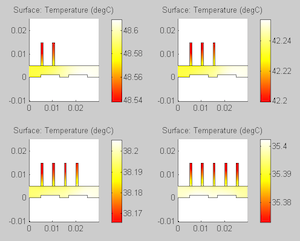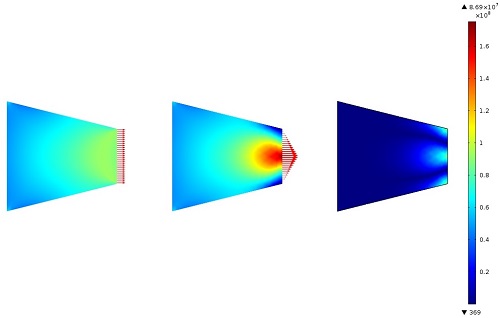Latest Posts

Vacuum Tube Plus MOSFET Equals Vacuum Transistor
One potential way to replace traditional silicon transistors? Develop vacuum transistors, which combine vacuum tubes and metal oxide semiconductor field-effect transistors (MOSFETs).

Converting the High Flux Isotope Reactor to LEU Fuel
Learn about an initiative that requires nuclear research reactors currently using highly enriched uranium fuel to be converted to low enriched uranium fuel — and how simulation can help.

Automatically Handling Selections in COMSOL Multiphysics®
Part 3 of a blog series on how to handle selections and entity numbers with LiveLink™ for MATLAB® and the COMSOL® API. In this post, we show you how to handle selections and entity numbers.

How to Join Solutions in COMSOL Multiphysics
In certain modeling scenarios, you will need access to more than one dataset. Read this blog post to see how to do so in COMSOL Multiphysics® by joining solutions.

FIRST® Robotics at PTC® Live Global 2014
COMSOL was an exhibitor at PTC® Live Global 2014. Learn about a PTC program called FIRST® Robotics, which is meant to help kids involved in science and technology.

Getting the Most out of Client-Server Mode
Learn how to use Client-Server mode when modeling in COMSOL Multiphysics® on a Floating Network License — and see why it is beneficial for you to do so.

Studying Sonar Systems on a Component Level
Did you know that “sonar” stands for sound navigation and ranging? Using simulation, you can study the individual components of a sonar system, including its electroacoustic transducer.

Seas of Change for Wind Turbines
One benefit of placing wind turbines offshore? They can’t be heard! Even better? High winds occur with more regularity offshore, making energy production more effective!
